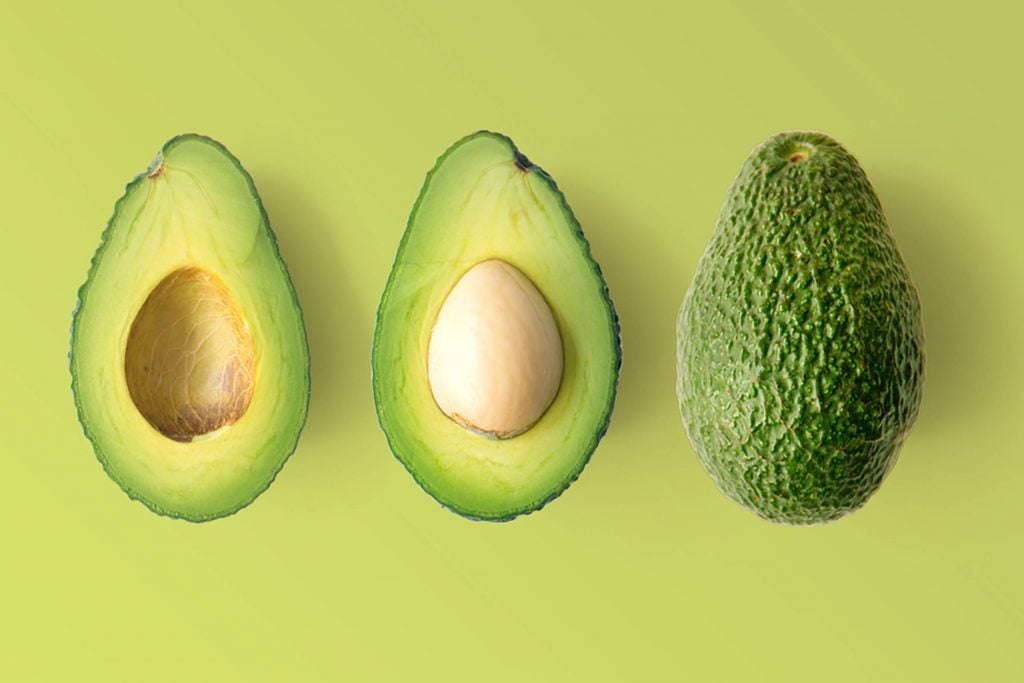 We already know that avocado, sometimes called an “alligator pear,” is full of nutrients like potassium, magnesium, folate, healthy omega-3 fatty acids, vitamins A, C, E, protein, and fiber. It’s even good for your brain! We also know that avocado can be added to almost anything and still taste great (like in these 9 delicious avocado recipes). Salads, sandwiches, pasta, even ice cream—you name it.
We already know that avocado, sometimes called an “alligator pear,” is full of nutrients like potassium, magnesium, folate, healthy omega-3 fatty acids, vitamins A, C, E, protein, and fiber. It’s even good for your brain! We also know that avocado can be added to almost anything and still taste great (like in these 9 delicious avocado recipes). Salads, sandwiches, pasta, even ice cream—you name it.
But what if we told you this whole time you’ve been throwing out the part that has a plethora of potentially useful molecules? Debasish Bandyopadhyay, PhD, and four of his students at the University of Texas Rio Grande Valley conducted an experiment resulting in some interesting finds (besides these powerhouse benefits).
Bandyopadhyay and his students crushed up about 300 dried avocado seed husks (the middle part of an avocado) into 21 ounces of powder. (By the way, did you know the origin of the word “avocado” is actually kind of dirty?). The powder was then analyzed further, which was found to contain three teaspoons of seed husk oil and about one ounce of seed husk wax. The research group then used a gas chromatography-mass spectrometry analysis to decipher the compounds.
As it turns out, 116 compounds were found in the husk’s oil. Of those 116, some were crucial to the production of certain medications that kill off viruses, prevent the growth of tumor cells (heptacosane is only found in the husk), and reduce the risk of atherosclerosis. The husk’s wax contained 16 compounds, some of which play a role in creating certain cosmetics and making plastic flexible.
“It could very well be that avocado seed husks, which most people consider as the waste of wastes, are actually the gem of gems because the medicinal compounds within them could eventually be used to treat cancer, heart disease, and other conditions,” Bandyopadhyay told the American Chemical Society (ACS).
So, with 1.9 billion pounds of avocados being consumed by Americans each year, will this study put a halt to the husk tossing epidemic? Probably not, unless you’re able to conduct a gas chromatography-mass spectrometry analysis. Regardless, it’s another reason to love avocados even more than we already do!
(With avocado prices on the rise, keep yours fresh longer with this simple hack! When you’re ready to eat them, ripen them in under ten minutes by doing this.)

Comments
Post a Comment